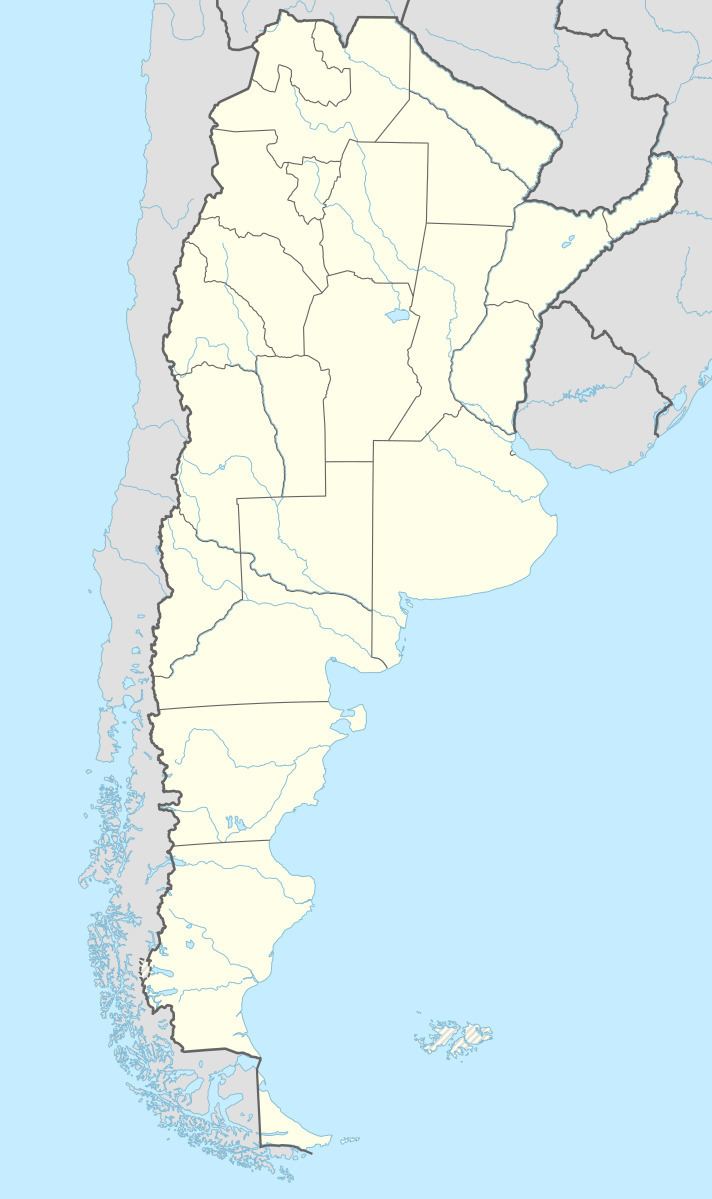 | ||
In Argentina, about 10% of the electricity comes from 3 operational nuclear reactors: The Embalse Nuclear Power Station, a CANDU reactor, and the Atucha 1 plant in 1974, a PHWR German design. In 2001, the plant was modified to burn Slightly Enriched Uranium, making it the first PHWR reactor to burn that fuel worldwide. Atucha originally was planned to be a complex with various reactors. Atucha 2 (similar to Atucha1 but more powerful) began to produce energy on June 3, 2014, is expected to produce 745MWh. Plans for Atucha III, a third reactor in the Atucha complex, have been announced.
Contents
Argentina also has some other research reactors, and exports nuclear technology. Nucleoeléctrica of Argentina and Atomic Energy of Canada Limited are negotiating over the contracts and project delivery model for a new 740 MWe CANDU nuclear power plant.
In July 2014, Russian President Vladimir Putin signed a nuclear energy cooperation agreement with Argentine President Cristina Fernández Kirchner, on a visit to the country.
In February 2015, Argentine president Cristina Kirchner and Chinese president Xi Jinping signed a cooperation agreement, and the build of a Hualong One design power station has been proposed.
In December 2015 a new uranium enrichment plant to manufacture fuel for Argentina's nuclear plants, located in Pilcaniyeu, was inaugurated. The plant will use both gaseous diffusion and more modern laser techniques.
Legislation
Provinces that ban build nuclear power plants:
